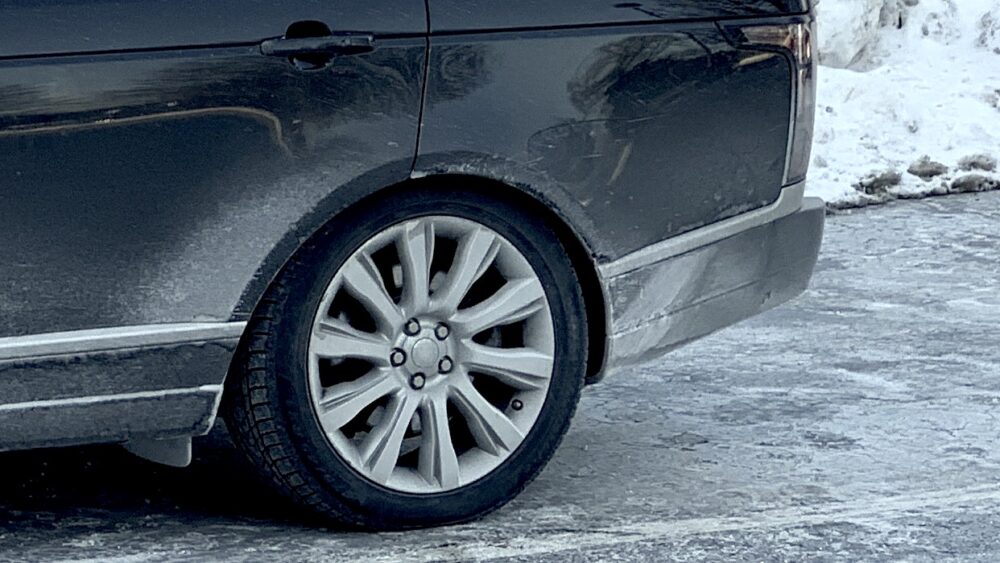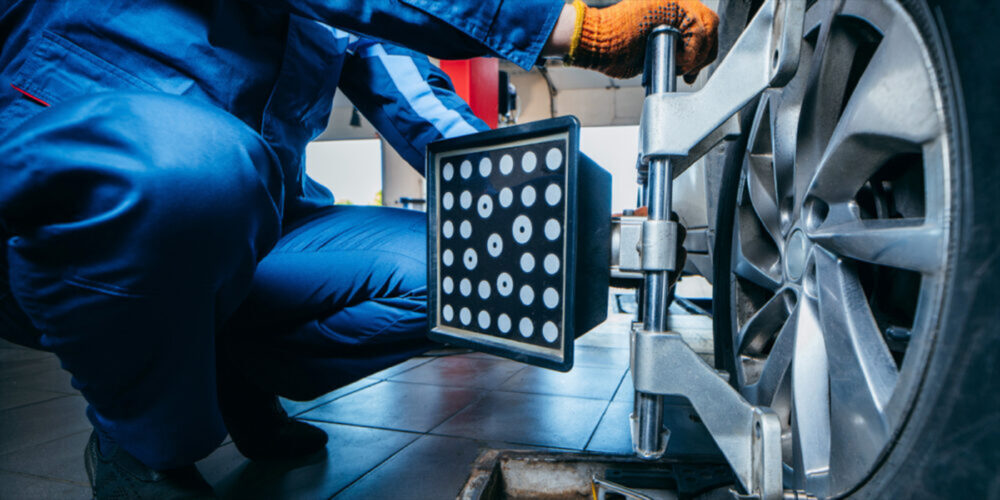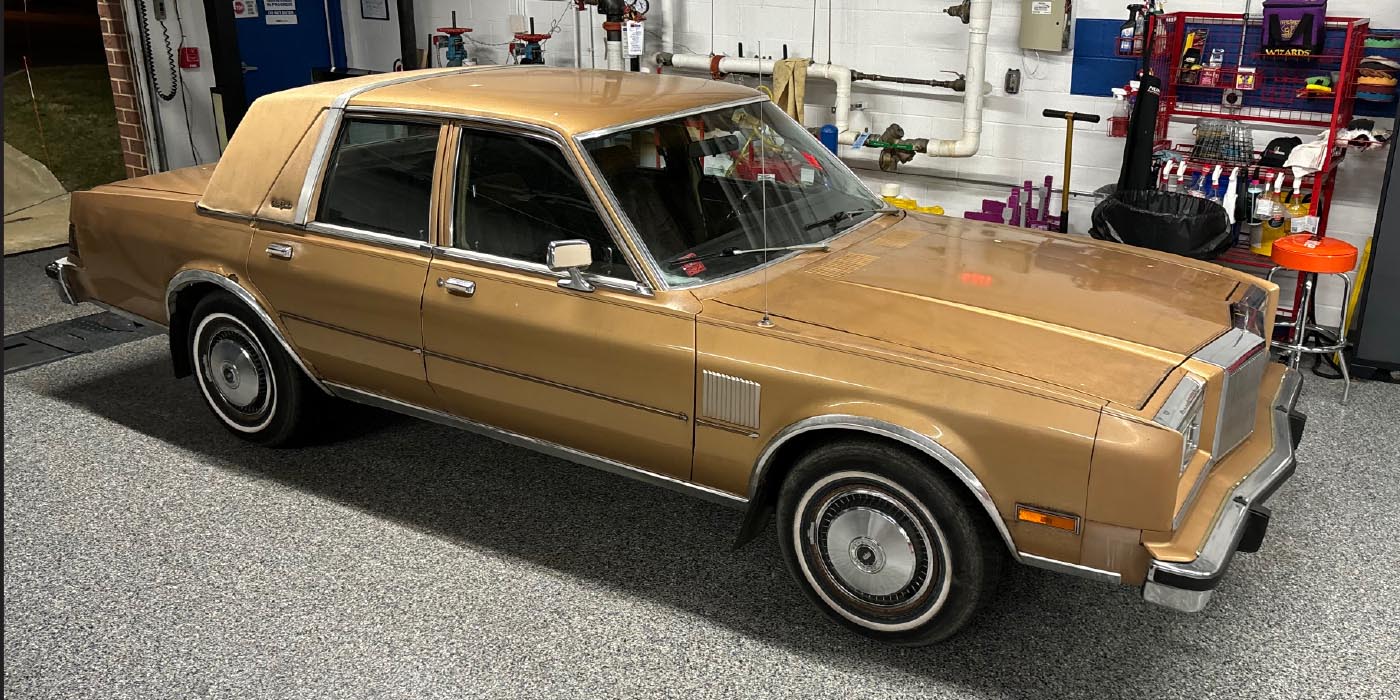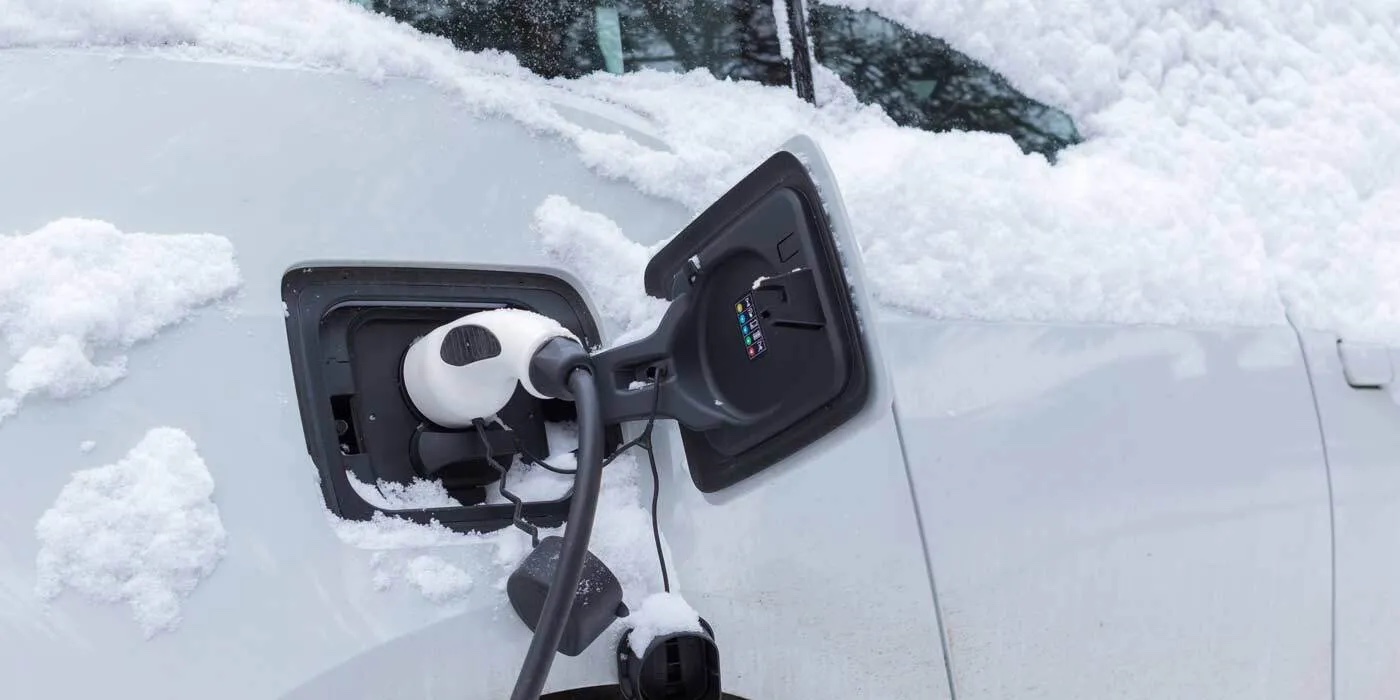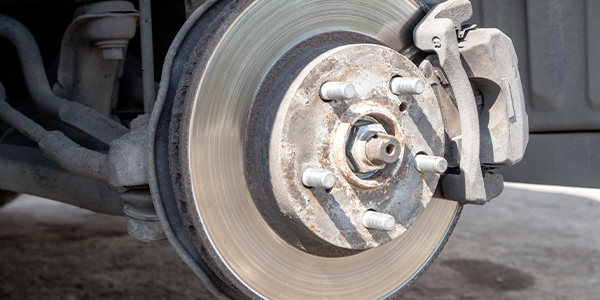The most aggravating diagnostic dilemmas for Land Rover vehicles can be dealing with air ride complaints. I am not talking about problems that leave a Range Rover on the bump stops, but problems that turn on a warning on the dash and put the suspension into a safe mode. But, it also brings customers into your shop.
After pulling codes and the test drive, you may find it is impossible to confirm if a part has failed or the performance of a part is outside of specifications. The error or code is generated by data that doesn’t match.
Warning messages and codes are typically caused when the control module sees implausible pressure in the reservoir or a longer-than-normal run time for the compressor. Some faults are related to very small leaks, but many issues are related to environmental and performance conditions that Land Rover did not anticipate during development.

The best tools to cure these problems are TSBs from Land Rover. These bulletins might not apply directly to the vehicle in your bay, but indirectly they can point you in the right direction for further diagnostics. Don’t count on a TSB to tell you what part to replace.
Module Updates
Over the last 15 years, Land Rover has issued many updates for the suspension control module. The updates help to prevent annoying messages that can occur when conditions fall outside of the expected conditions. For example, one update was to reduce warning messages if the pressure in the reservoir fell below a pre-set level while parked. Other updates were issued to protect the compressor.
Land Rover started the 21st century with the Wabco compressor. In 2006, they made the switch to Hitachi and AMK compressors. At the same time, they changed the control architecture for the air suspension system. This had implications for scan tools. Starting in 2008, the World Diagnostic System (WDS) that was based on the Ford IDS system was going to be replaced by the T4/RDS or SSD tool.
Update SRO 64.90.89/29 covers a situation in which a customer may complain that the message “Air Suspension Inactive” appears on the message center of certain 2004-2010 models, particularly when the electronic suspension has been “demonstrated” or cycled frequently. Your investigation may indicate that fault code 41 for “Compressor Temperature Rises when Static” is stored. A contributing cause may be that the compressor temperature parameters are not set to the latest specification.
Exhaust Valve Problems
Bulletin SSM54997 covers warning messages and DTC C1A36-01 for the exhaust valve on 2010 to 2012 models with AMK compressor. The bulletin also contains most of the electronic suspension codes and information on how they are structured.

Bulletin LTB00-058 and LM204-002 was issued for 2003-2005 models concerning unwarranted replacement of compressor. The bulletin has vital information if you are trying to diagnose the exhaust valve condition of the compressor. LTB00-058 also makes the case that the calibration of the electronic suspension module should be checked to see if it has the latest version.

Wiring Damage
Two TSBs have been issued regarding wiring damage to the ride height sensors and wiring to the valves inside the front air struts. The wiring can be damaged by debris or normal flexing.

Bulletin LTB00-416NAS2 covers damage to the wiring on the front Adaptive Dynamic dampeners. The rotation of the dampeners can cause damage to the wires. Codes C1024-00, C110C-14, C110D-14, and C110D-19 stored in the Adaptive Damping control module. The bulletin covers ride height sensors. Bulletin SSM45714 covers diagnostics for the ride height sensors. The focus is on the damage that might occur to not only the wires but the connectors.
Air Pressure Sensors
Bulletin 60/03/05/NAS covers the failures of the pressure sensor attached to the reservoir. The bulletin covers diagnostics for the sensor for 2003-2005 Range Rovers. On older Land Rovers, the same problem can occur due to age and abuse of the pressure sensor.
Previously for 2003-2005 vehicles, only the EAS reservoir, valve block and sensor assembly was the only way to replace a faulty pressure sensor for these models. Land Rover made the sensor available separately. This sensor is also used on 2006-2014 vehicles but is located in the vehicle load space inside the compressor cover.

